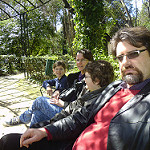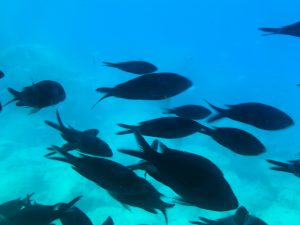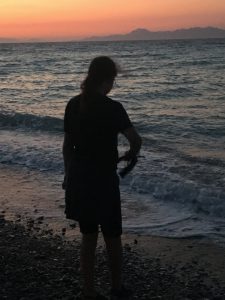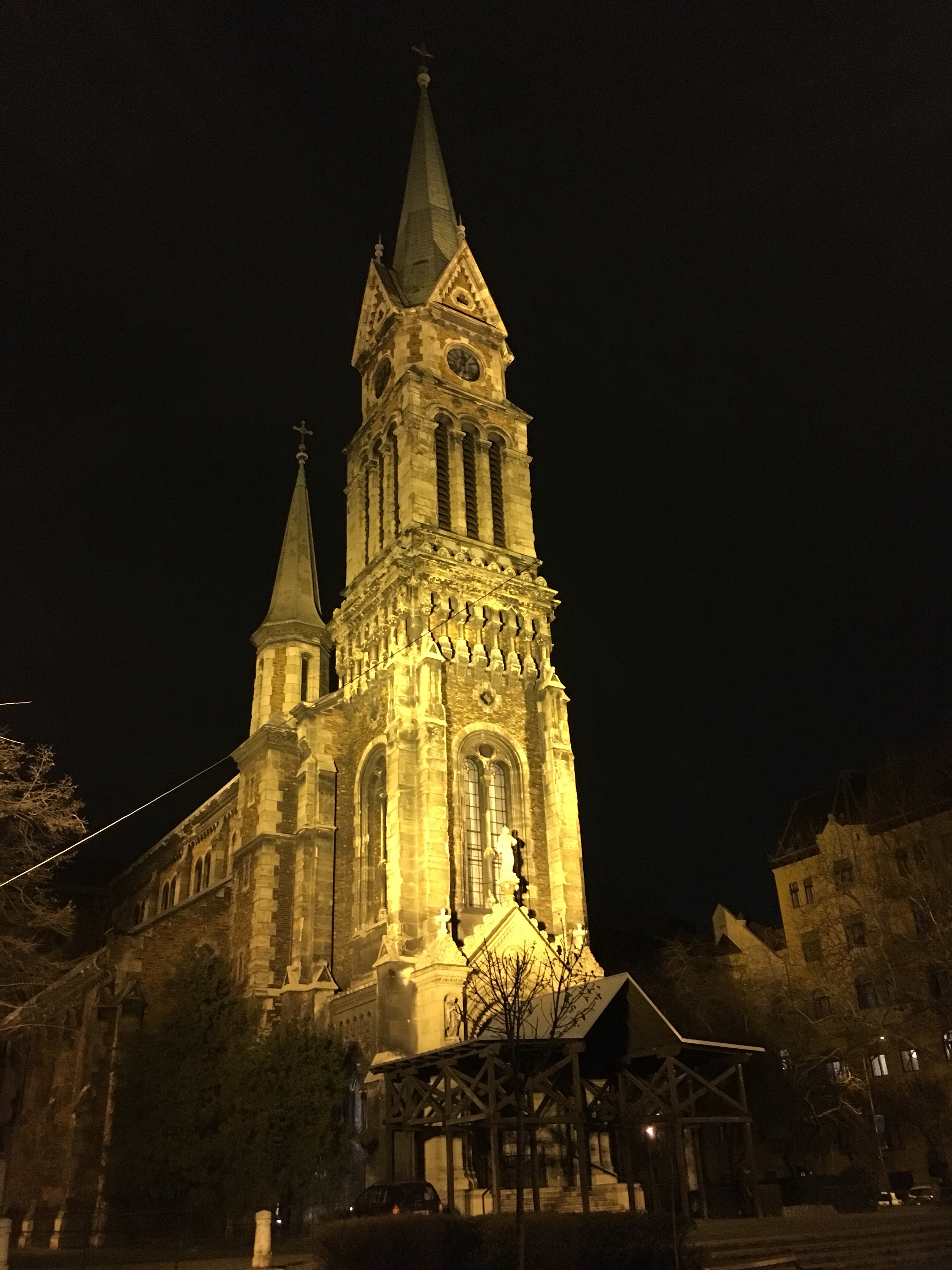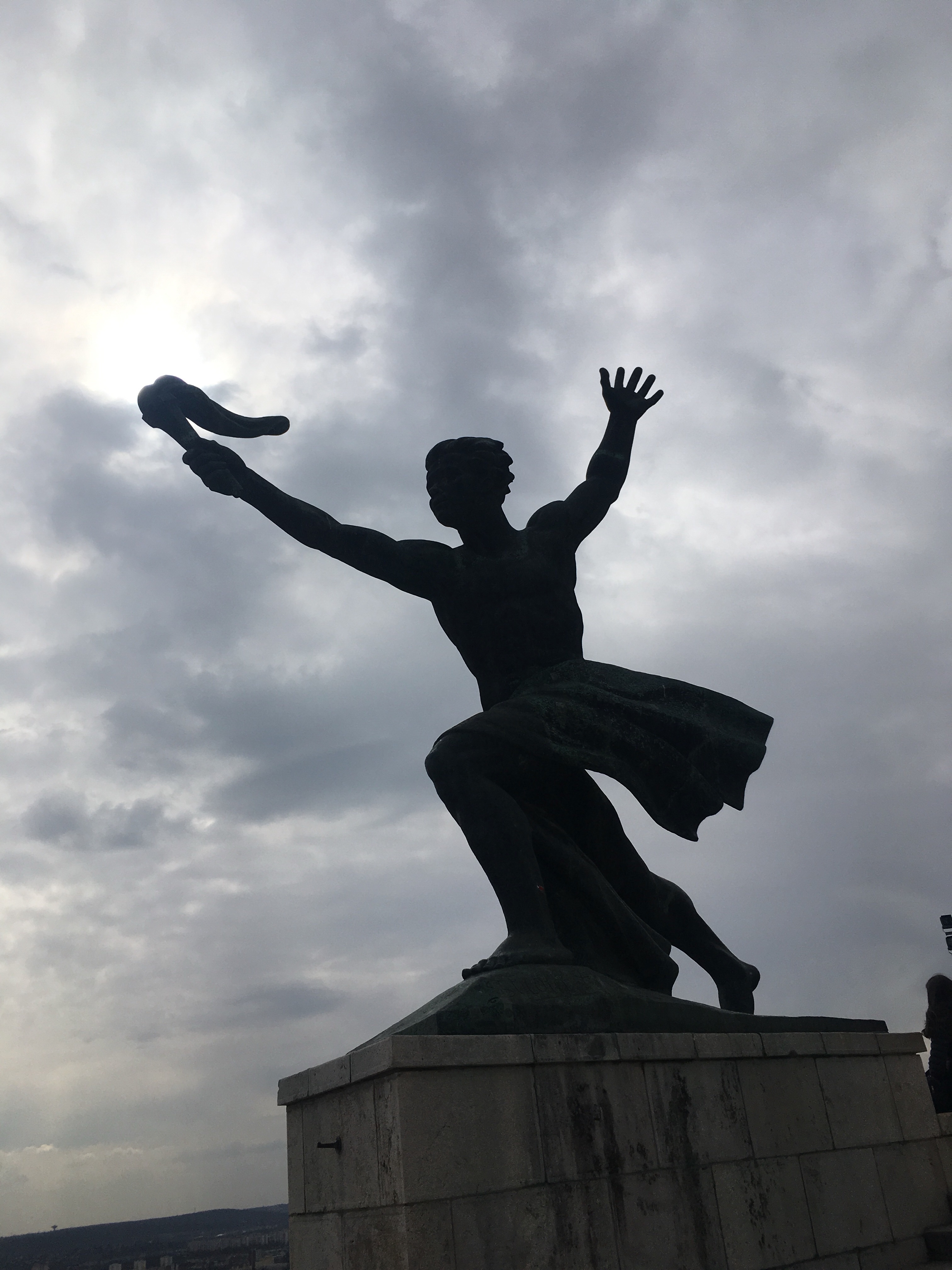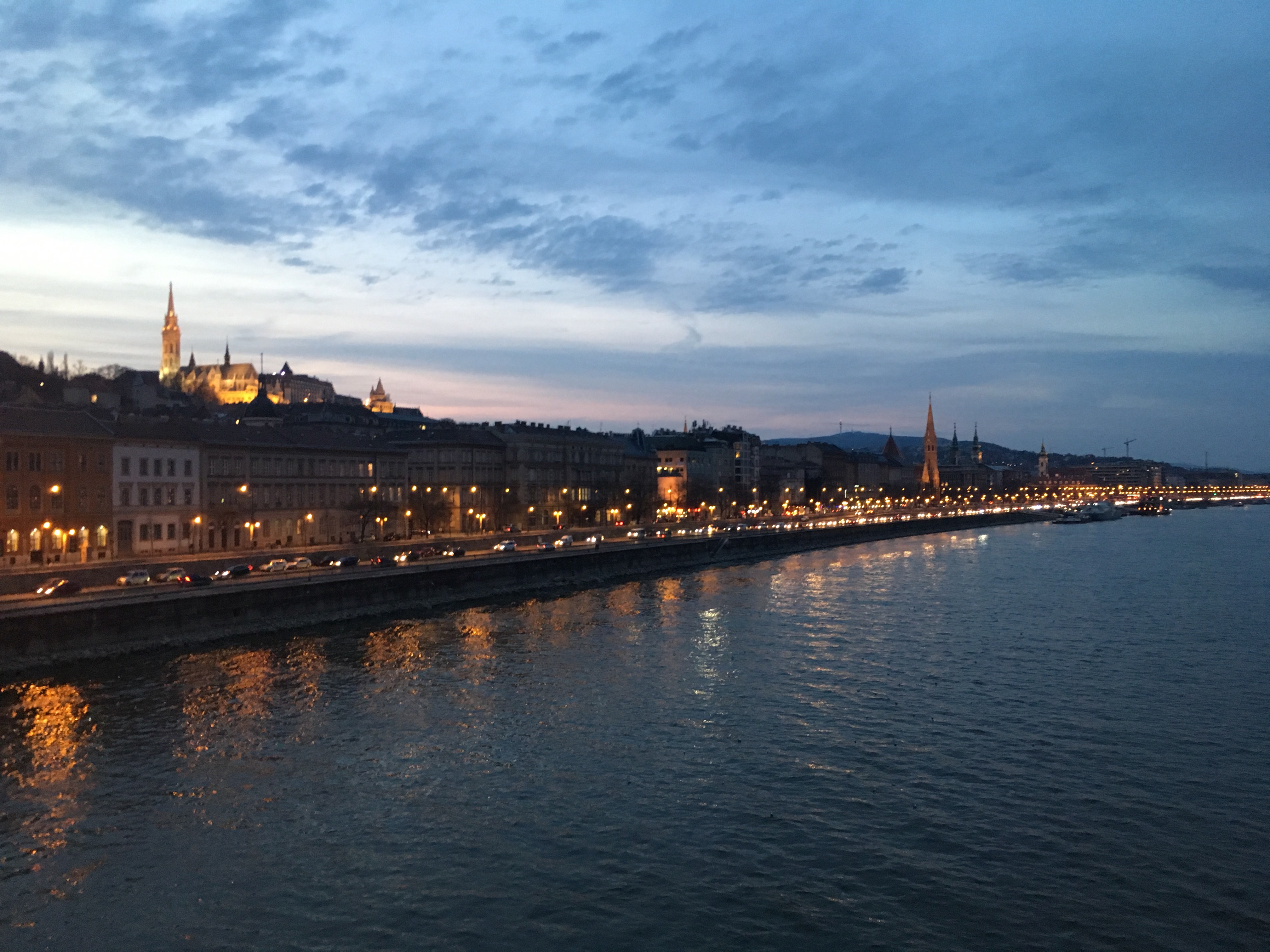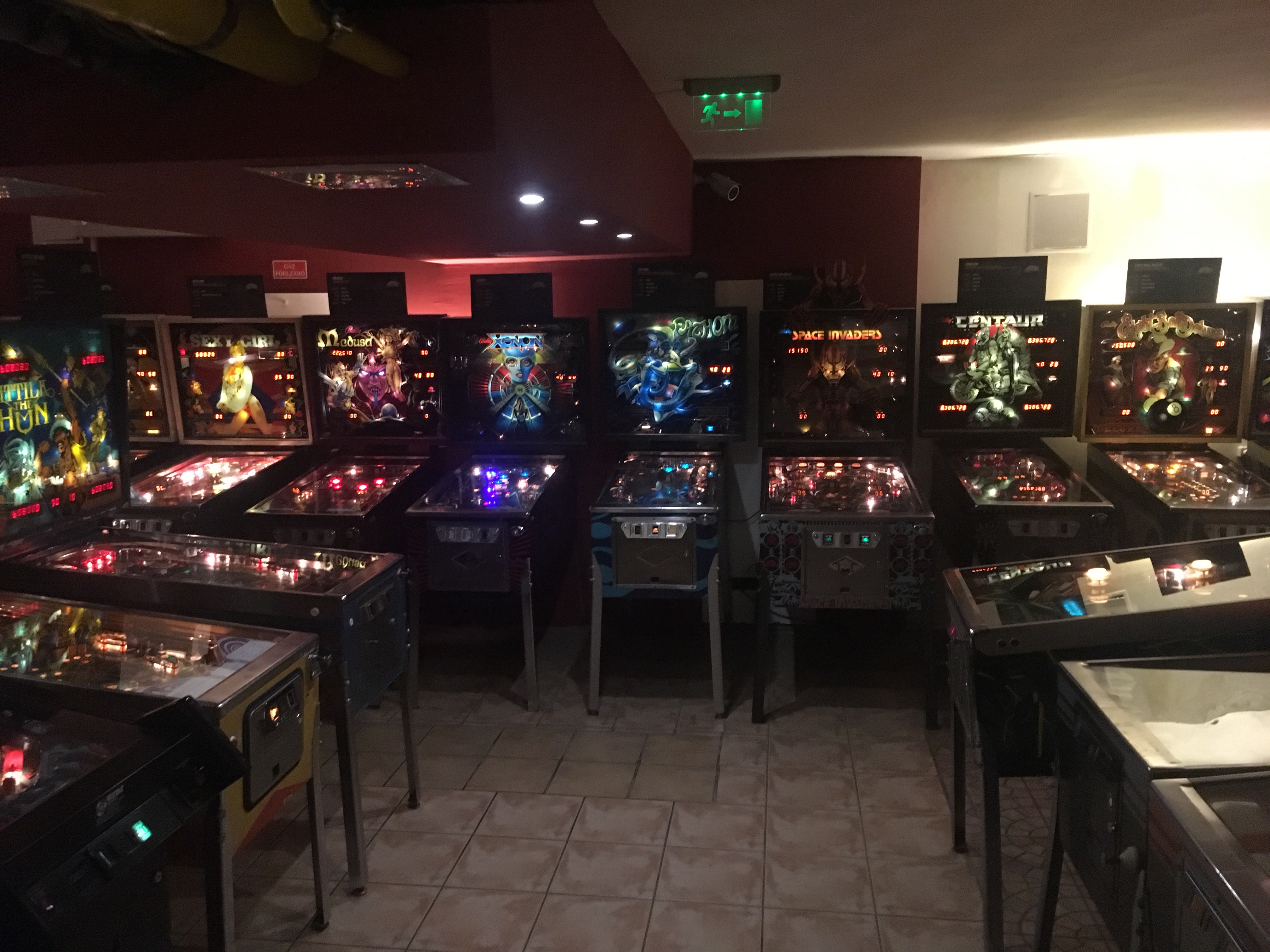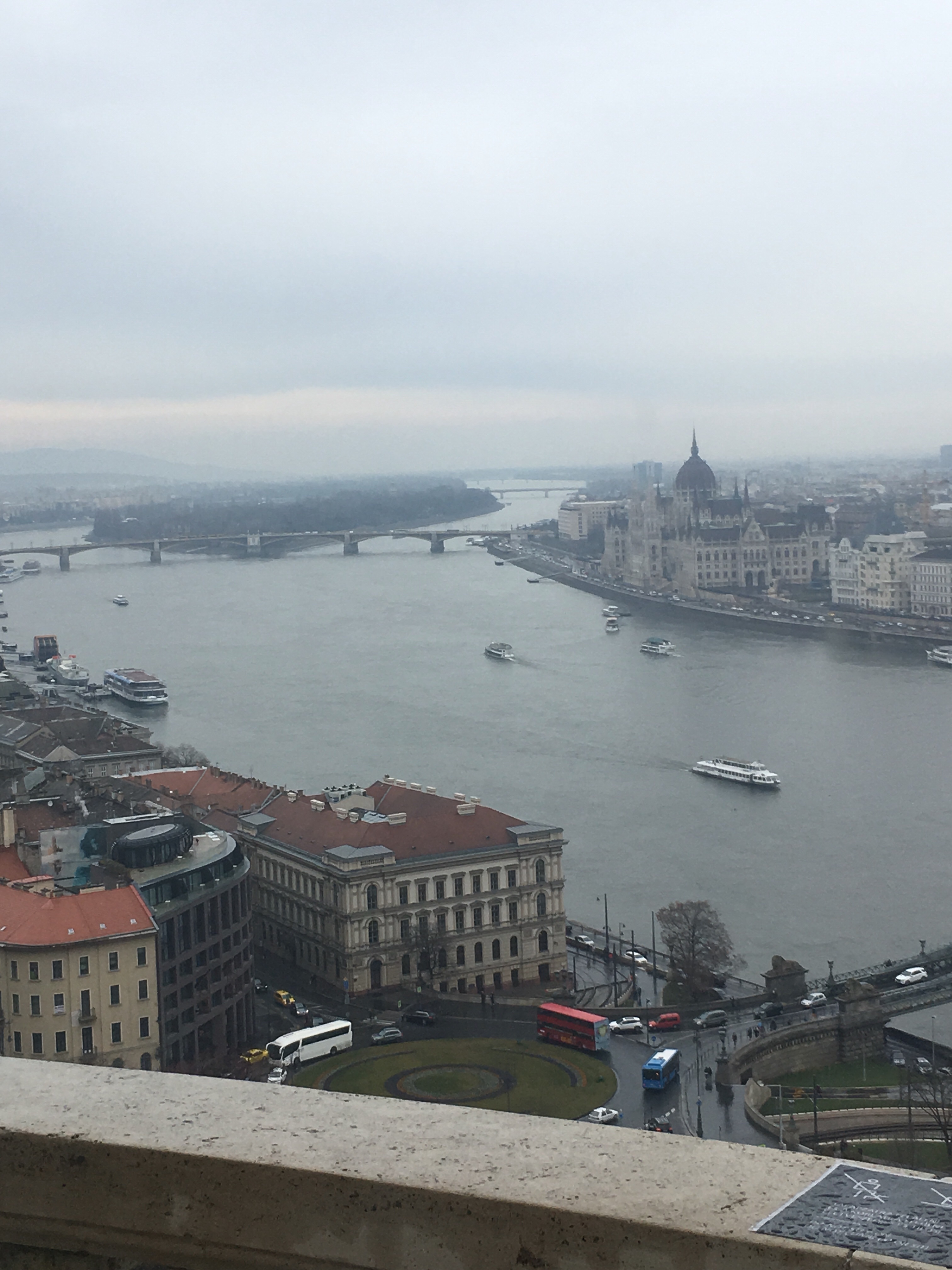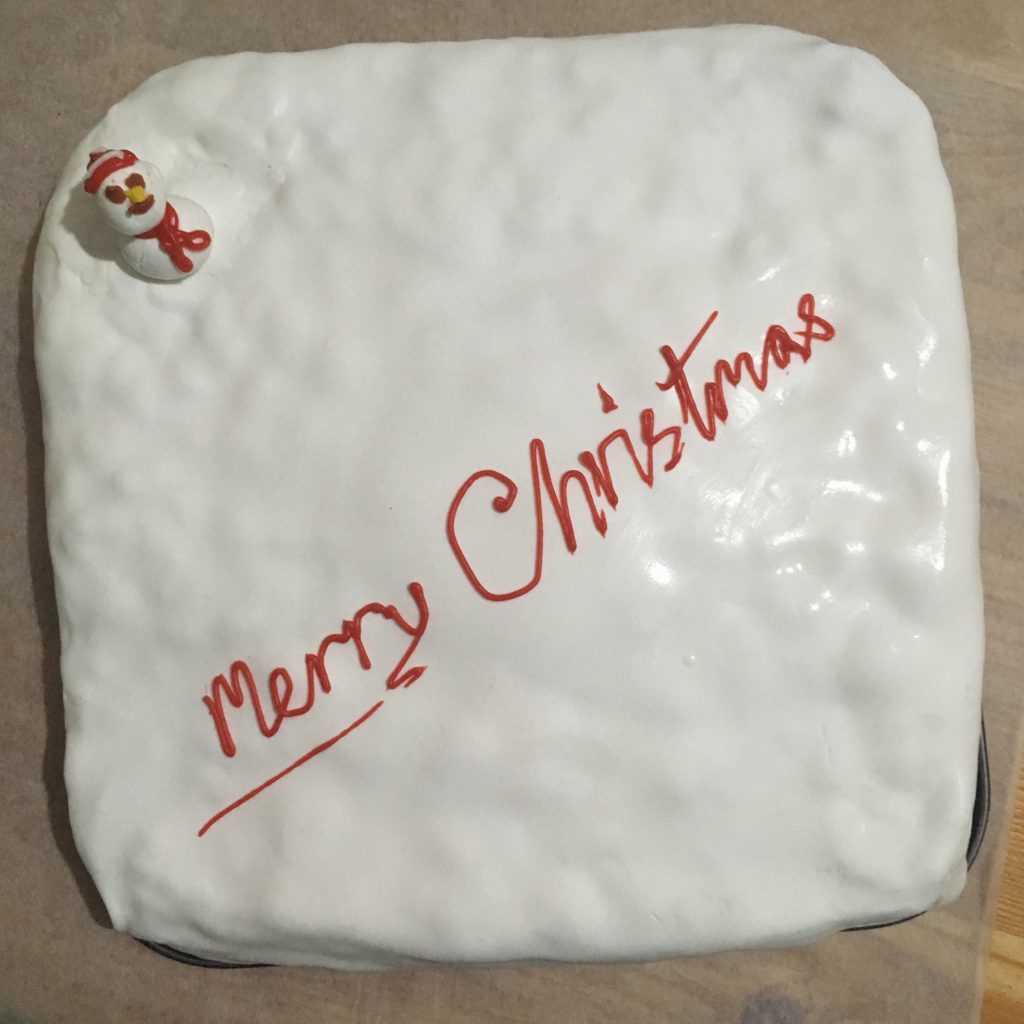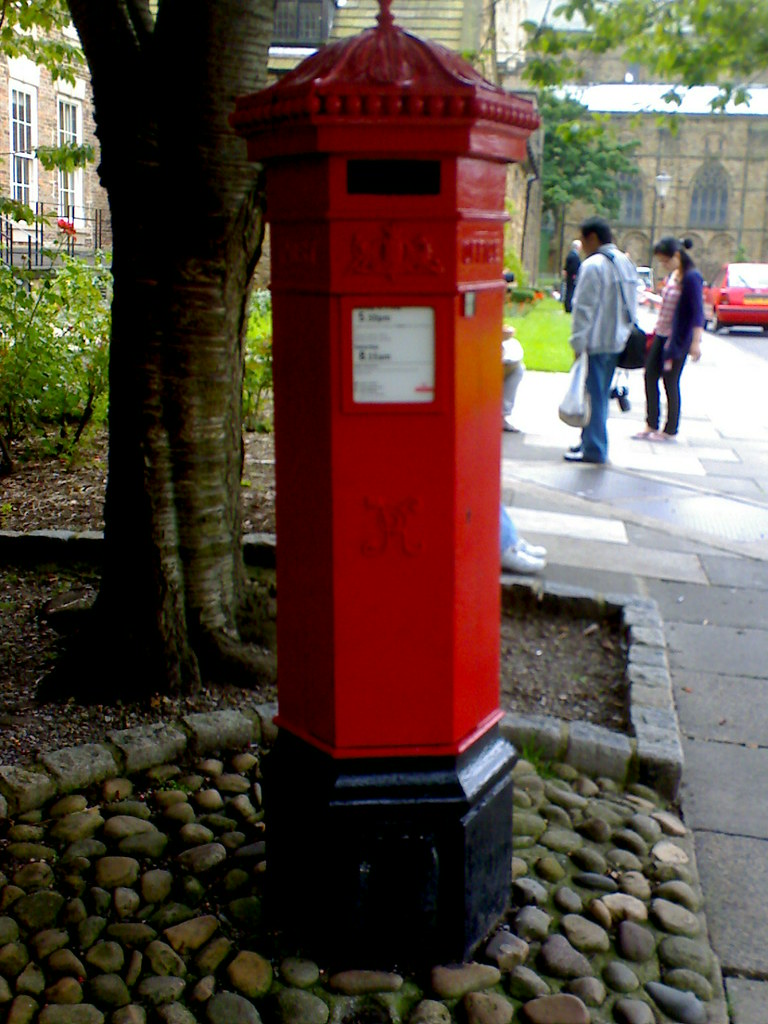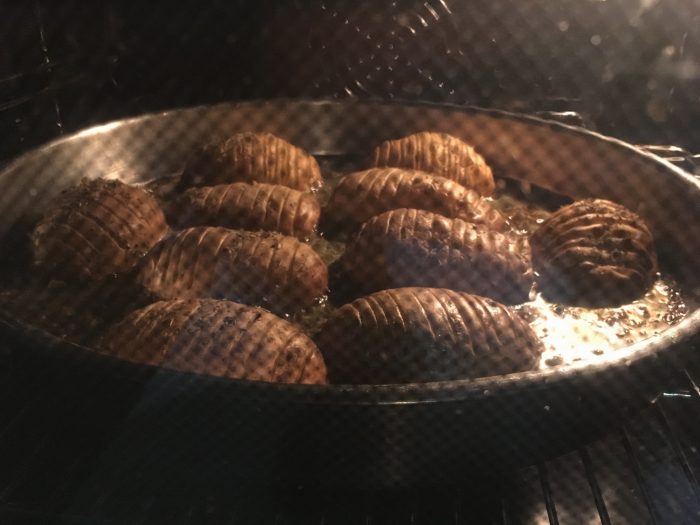On ANZAC Day (April 25) in 2008, we had the privilege of taking part in the official commemorations at Gallipoli. It was the 93rd anniversary of the first Australian and New Zealand forces landing on the Gallipoli Peninsula.
A school group we knew from New Zealand were coming to visit us as part of their tour and we planned to join them at Assos for the Gallipoli part of their trip.
We took an intercity bus from Izmir to Küçükkuyu. We then took a taxi to Assos and then found out that our hotel was not actually in Assos, but back in Küçükkuyu, close to where we got the taxi. We did see an ancient Roman road in Assos that St Paul would have walked on during his trip to Troas, views of ancient Assos, donkeys and lots of beautiful wildflowers.
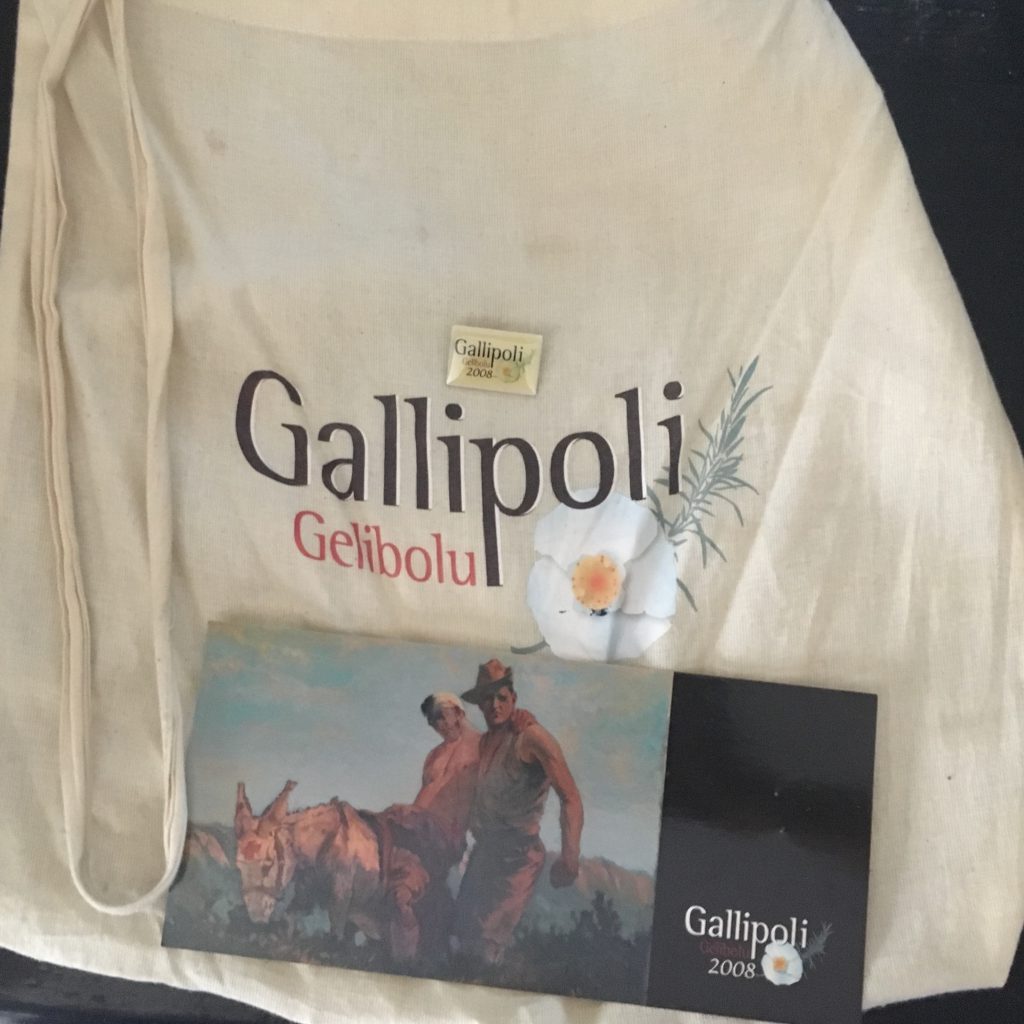
Commemorative badge, bag, and postcard.
After our detour, we checked into the hotel and met the Kiwi team. They had traveled down from Istanbul via Troy. Being the off-season, we had the hotel to ourselves and a small Australian group. At about 10 pm we left the hotel to travel to Gallipoli, via the Çanakkale – Eceabat ferry. We had about 1 km to walk from where the bus could take us to Anzac Cove. There were already hundreds of people in sleeping bags when we got there and more were arriving throughout the night. We had been given information packs and the big screens were showing documentaries and interviews about the historical battle.
We managed to find a couple of empty seats in the stands and we huddled together under a New Zealand flag and tried to sleep as best as we could. It was uncomfortable and cold.
Just before dawn, some of the geographic features were lit up and the band played, setting the scene for the somber occasion. The crowd was quiet and reflective.
The dawn service took about 45 minutes, with New Zealand, Australian and Turkish representatives all taking part.
An Australian camera crew briefly interviewed me after the service, asking what I thought of the event. We met up with the rest of the Kiwi team and began the walk (about 5 km) up to the highest point on the peninsula, Cannuk Bair. We stopped along the way to carry Ryan (5) and Erin (2), see the trenches and cemeteries and have some breakfast.
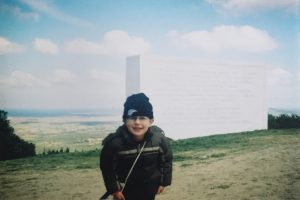
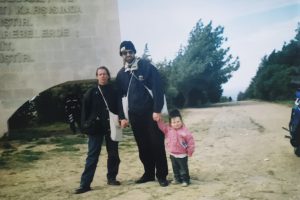
Australia, Turkey and New Zealand had their own commemorative services during the day, but we just went to the New Zealand service. Erin and Ryan both fell asleep during the service. The wind was cold. The sun was hot.
Carrying and holding children during the trek and services was hard going. The whole experience gave us a glimpse of what it would have been like for the young soldiers who came from so far away and fought to birth the nations of Australia, New Zealand and also Turkey in 1915.
After the New Zealand memorial service, we waited with the thousands of other “pilgrims” for the hundreds of buses to take everyone away again. We went back to the hotel, ate and had an early night.
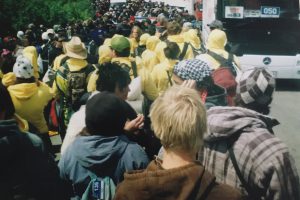
The next morning (Saturday) we traveled to Bergama on our way back to Izmir. We stopped at an onyx factory and saw how they carved and polished the stone. Our children were given the sample stone eggs they made.
Our next stop was the Pergamum ruins – the acropolis above the city. We saw the remains of the temple to the emperor, the steep theatre, the altar of Zeus and the cisterns. We went to a restaurant for lunch after this and then stopped at the Asklepion ruins – the ancient medical center.
In March 2014, I returned to visit Eceabat and the Gallipoli Peninsula to capture photographs for a WW100 project for Woodville Pioneer Museum. You can view the album of photos on Flickr.
